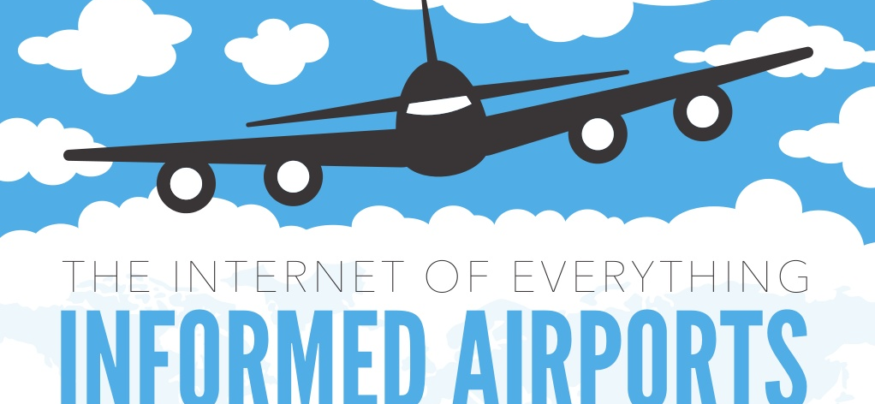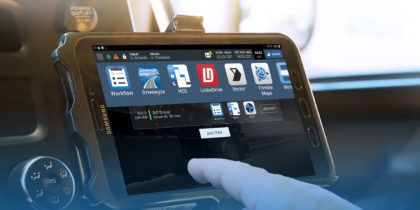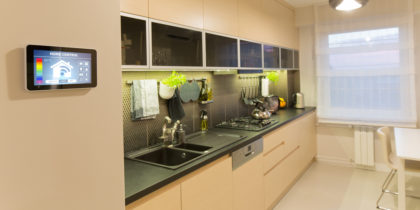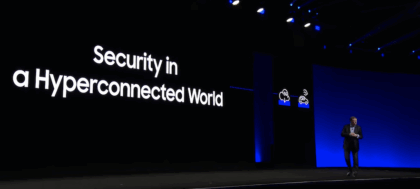If work takes you through a lot of busy airports, you’re likely familiar with long lines, crowds and that nervous feeling that you’re missing some important information. Like your departure gate has changed. Or maybe the screening lines are shorter at the other end of the ticketing hall. Are maybe you even in the right line? Delays, congestion and all those lines can take much of the charm out of airline travel. But the future is looking brighter because of what’s being dubbed the Internet of Everything.
The data and triggers from sensors, actuators, cameras, beacons, GPS and other connected technologies should take the sting out of lines and delays, reshape passenger experiences and streamline operations at busy airports in North America and globally.
It’s already starting to happen. Airports around the country and world are exploring new ways to utilize digital signage and together with other IoE-connected technology. Sensors and smart devices will help make for better informed airports, and improve both the journeys of passengers and the efficiency of operations. Passengers not stressed about getting to and staying near gates are more likely to spend money in pre screen -security areas increasing filled with shops and restaurants.
The U.S. Department of Transportation says 650 million people were screened at airports in 2014 and 20% of the domestic flights they took were delayed. It’s frustrating, but much of that frustration can be alleviated when travelers have better information on implications and options.
In a better informed airport, networked digital displays – like Samsung’s Smart Signage Platform models – are tied into systems to do things like:
-
Direct departing passengers to the shortest TSA lines;
-
Improve notifications on gate changes through visual messaging instead of sporadic intercom announcements;
-
Tell arriving passengers their bags are delayed when they get to baggage claims, so they don’t stand at the carousel just waiting and wondering;
-
Let passengers order food while they’re waiting to de-plane, so they can grab and go as they make connections.
On the operations side, smart devices and sensors can streamline core activities, doing things like:
-
Using cameras and sensors to track line-up times at gates and on concourses and adjust staffing loads accordingly;
-
Track every asset, including bags tagged with sensors, to speed up flight turnarounds and baggage delivery;
-
Help travelers find their way using technologies like indoor positioning, WiFi triangulation and beacons, as is being done at MCO;
-
Drive retail and food sales though integration with smartphones and their engagement technologies like RFID and NFC.
The Internet of Everything and smart displays can’t stop a storm from causing flights to be delayed or canceled, but on a normal flying day, the technology will make for better, more informed airport experiences.







